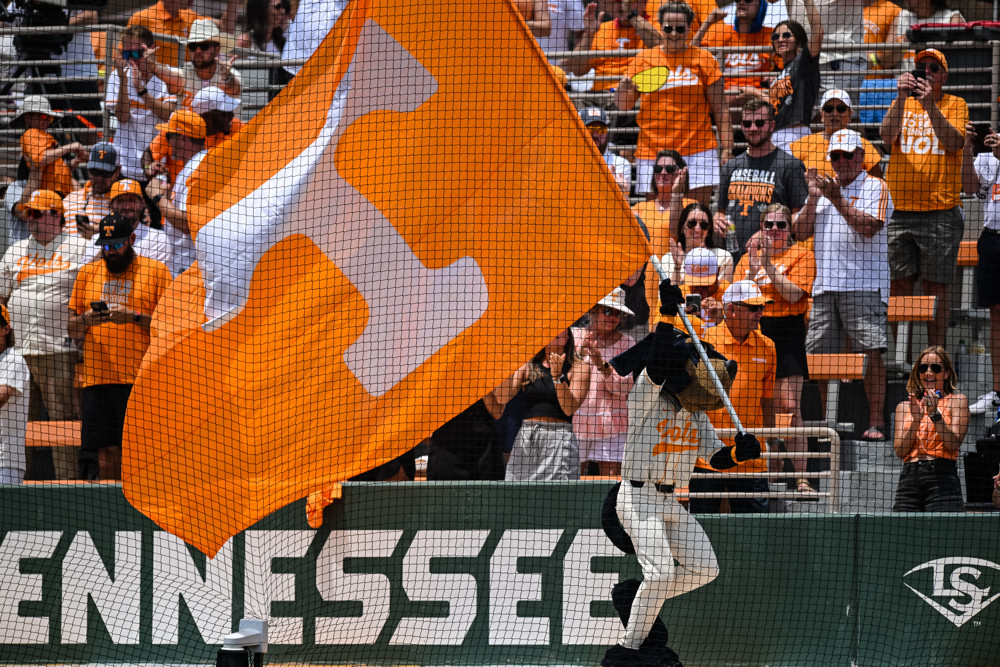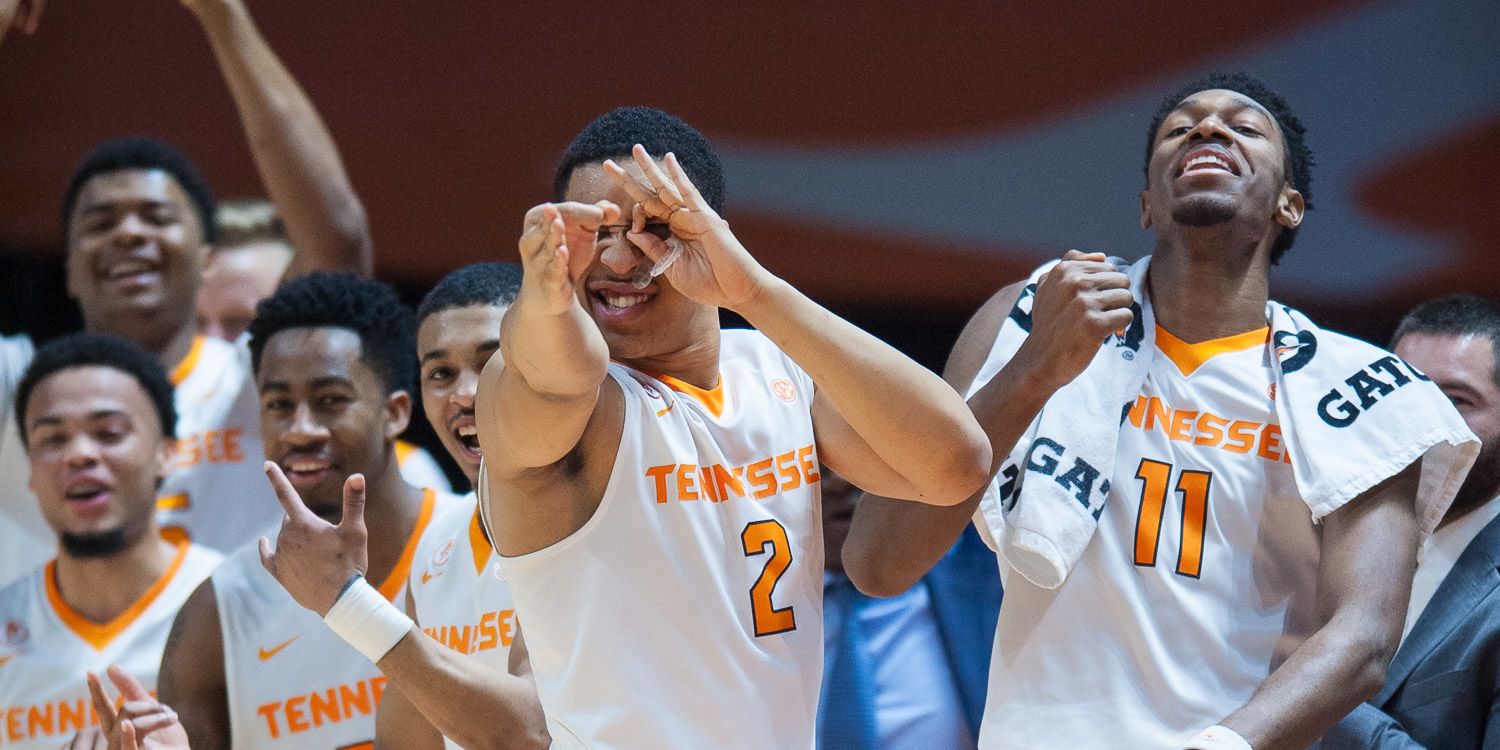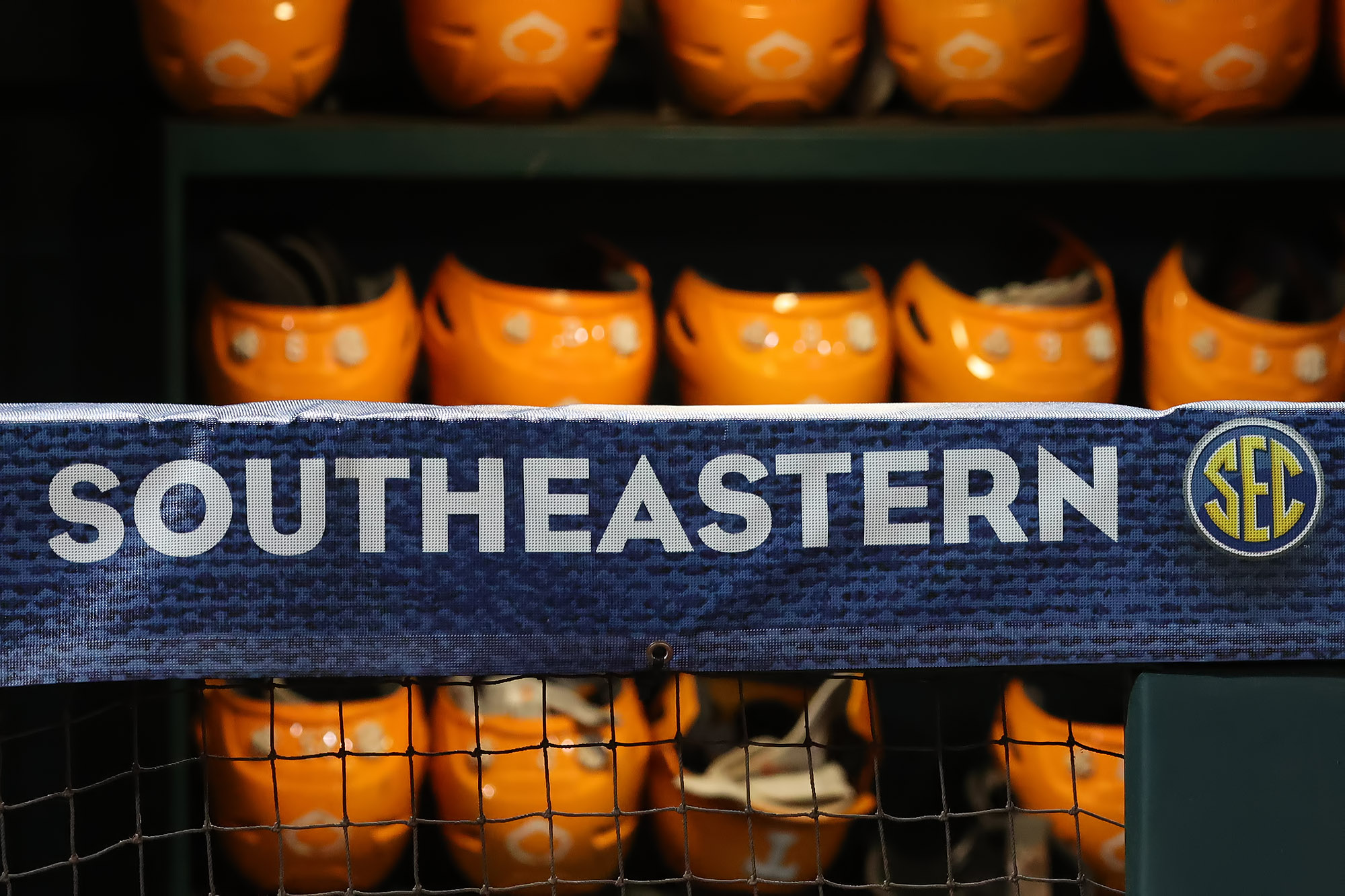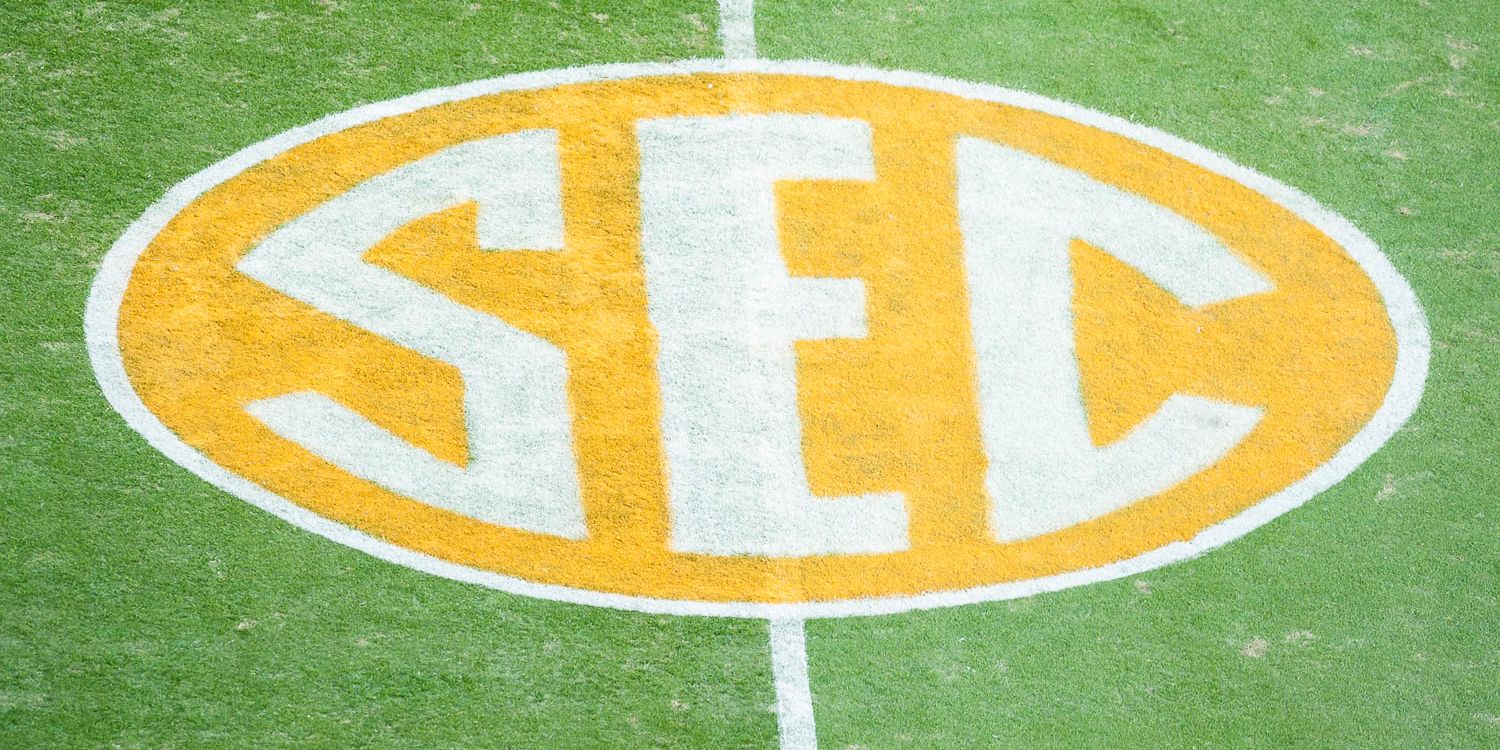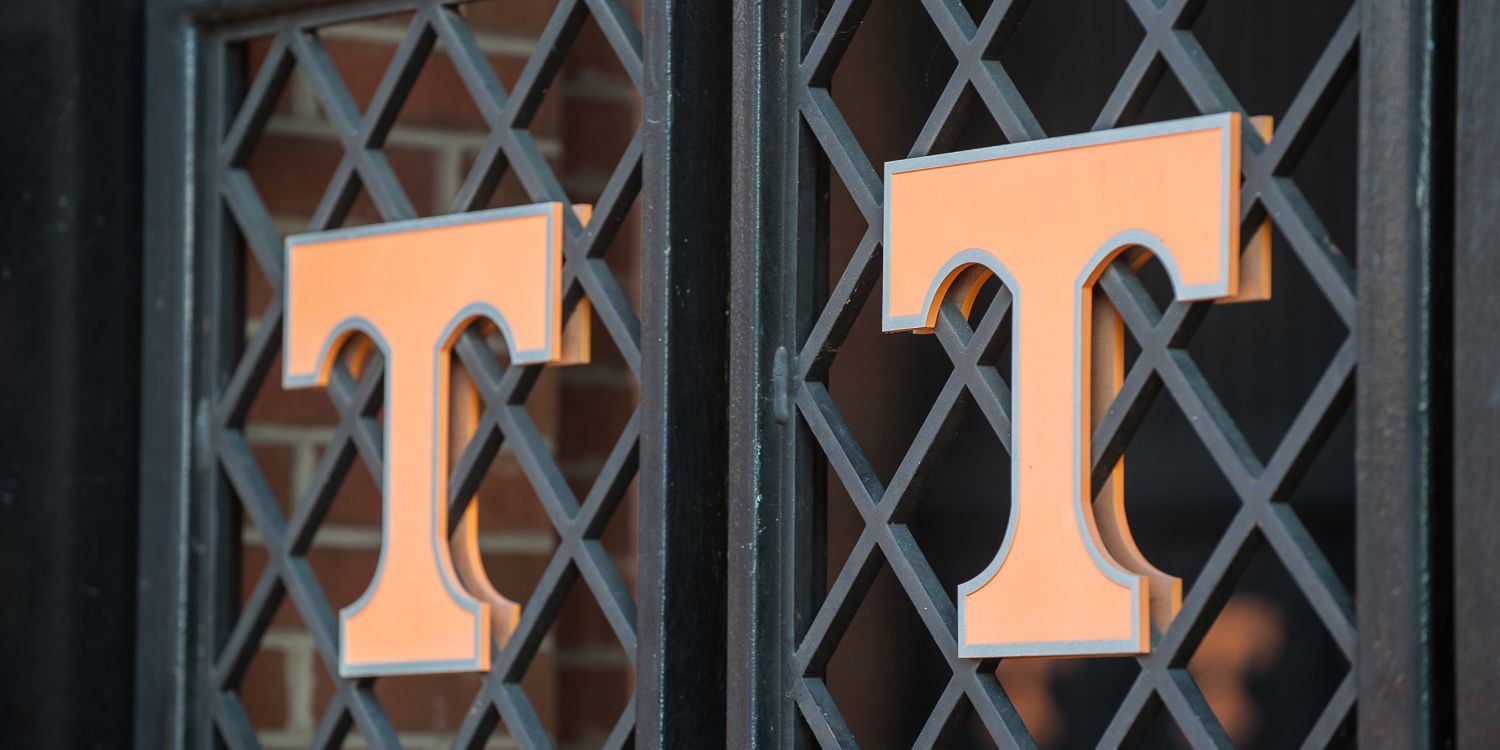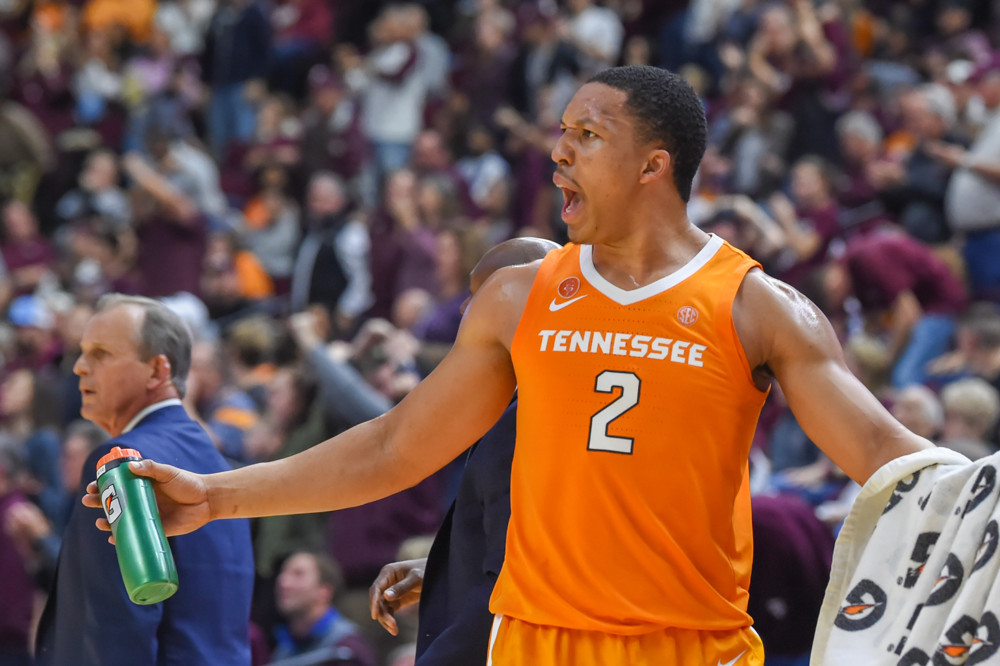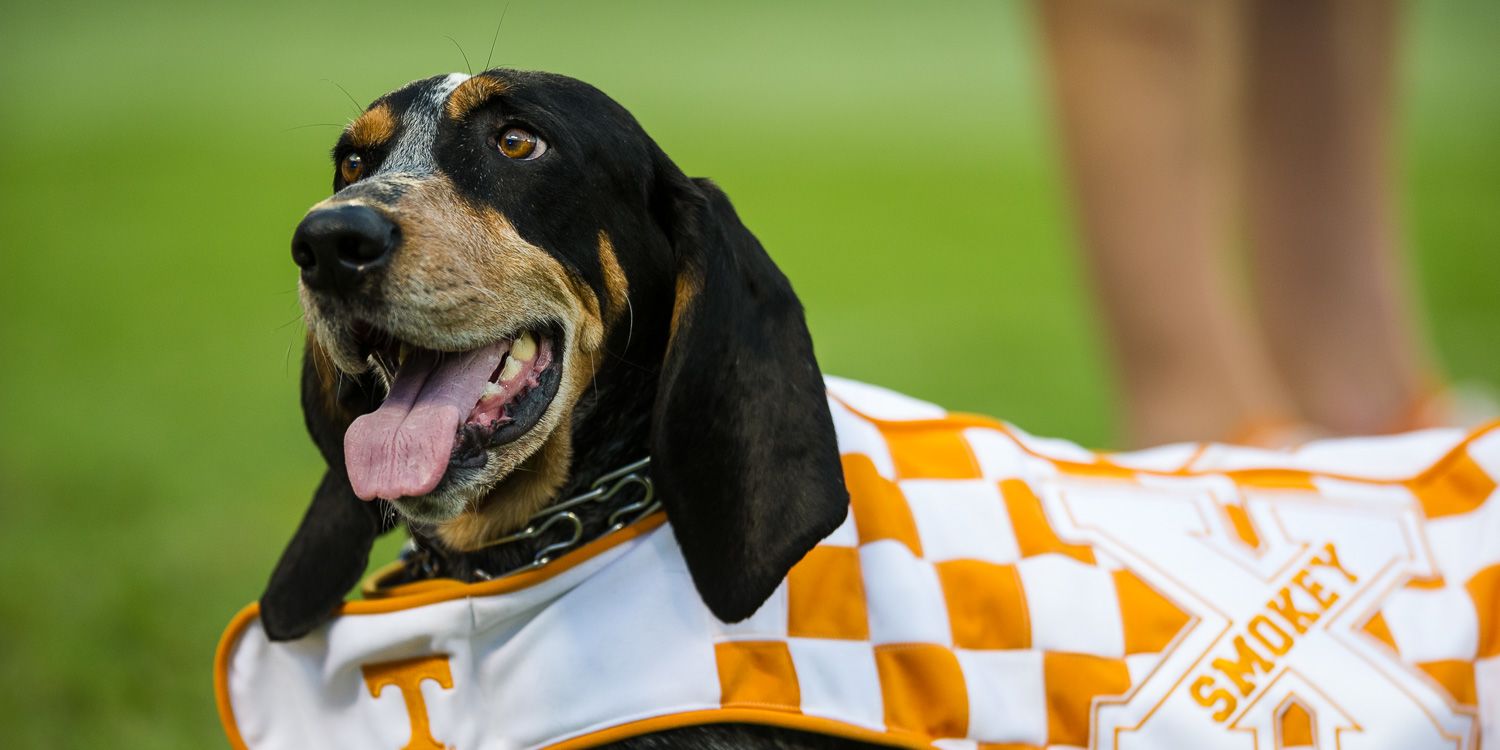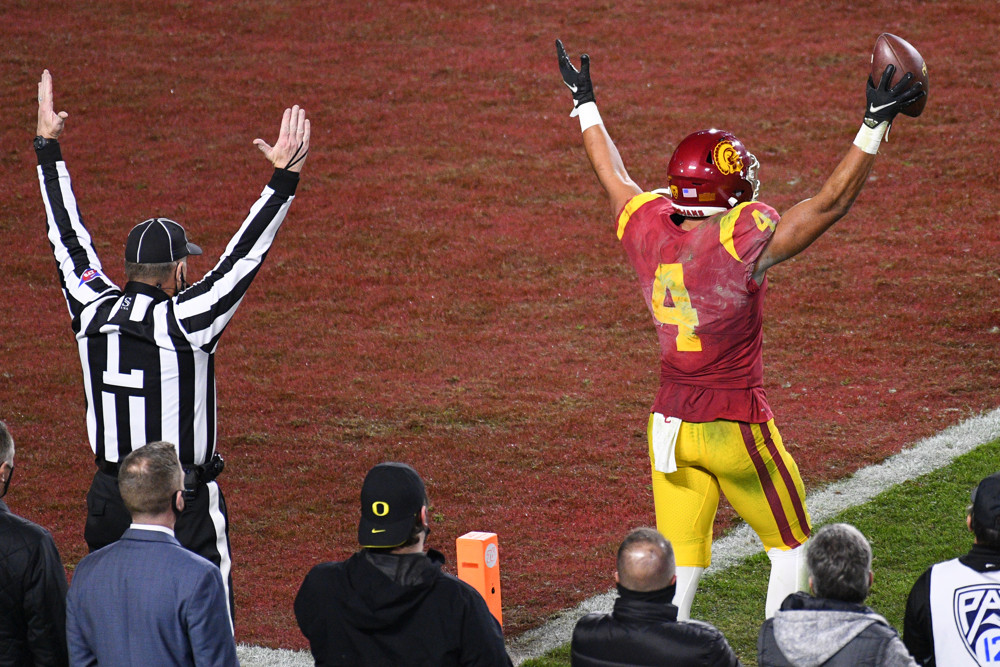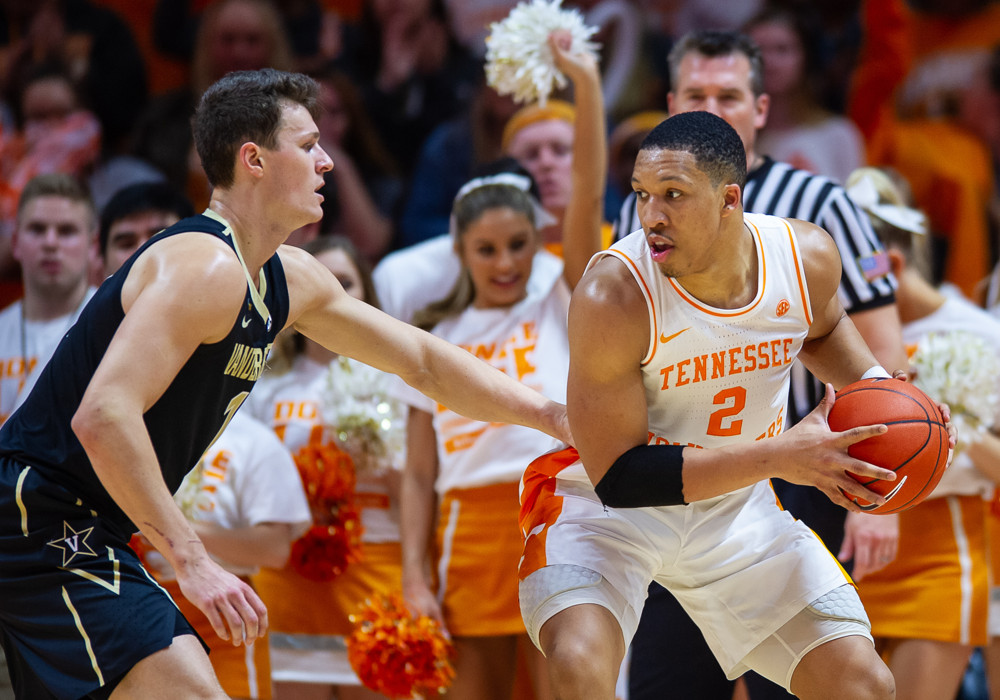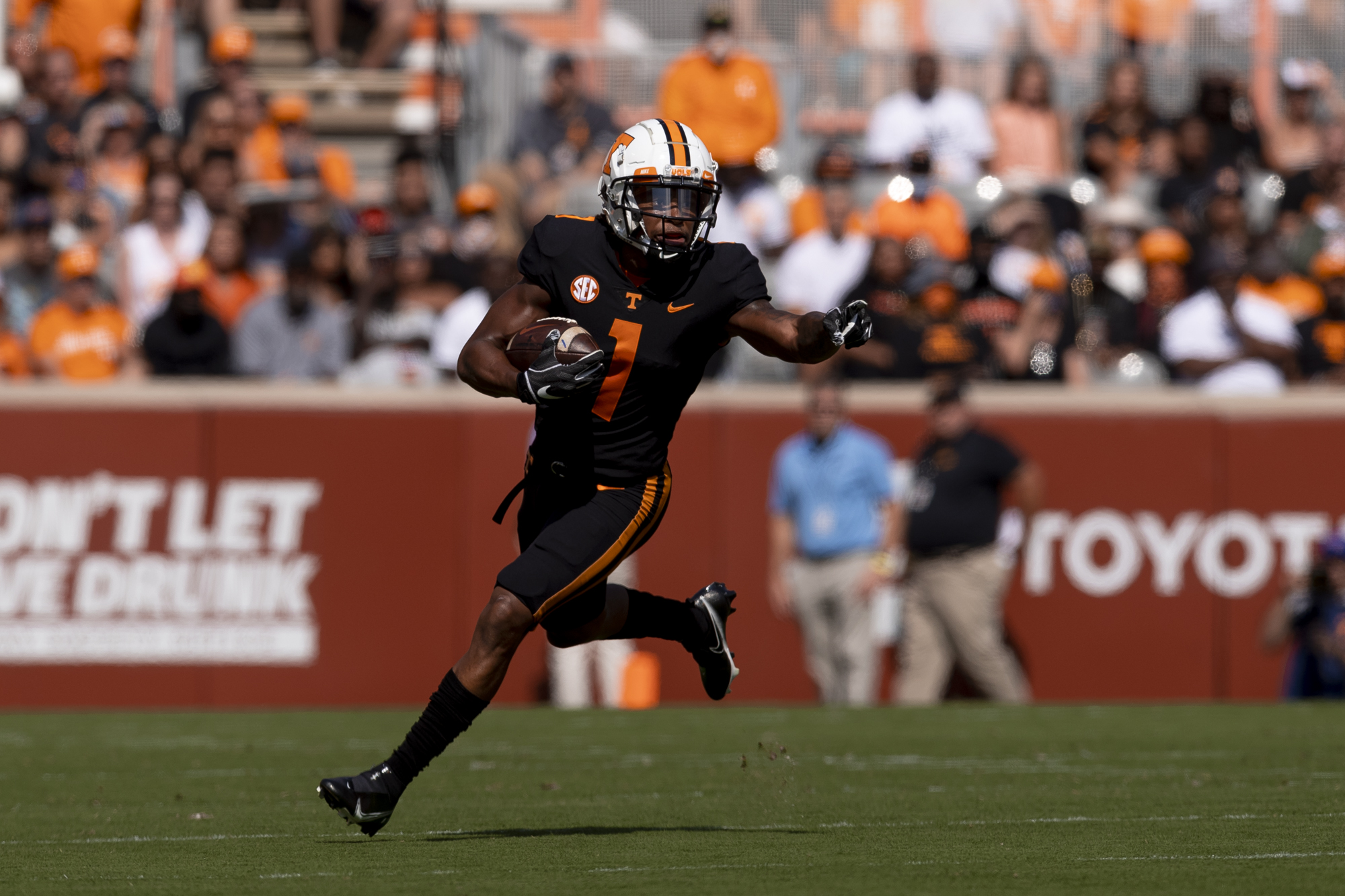Two years ago, Grant Williams entered Game 7 against Toronto with seven minutes to play. This was in the bubble, where things felt like they mattered more because there were fewer other sports to matter at the time. Gordon Hayward was hurt, and Daniel Theis was in foul trouble, so Williams got the call late. He fouled out Kyle Lowry, then missed both free throws, then got a piece of Fred VanVleet’s final three to secure a Boston win. If you’re a Vols & Celtics fan like me, it helped exorcise a demon or two from some Ryan Cline threes that just missed his fingertips.
Grant played 11.5 minutes per game in that second round series, just under 10 in the other two rounds. He played 11.4 in the opening round loss to Brooklyn last season.
And if that’s all it ever was, it would’ve been more than what we’ve often had the chance to see with few Tennessee alumni in the league, especially that individual postseason moment. It’s a gift to have former Vols land on championship contenders.
Allan Houston made the playoffs six years in a row from 1996-2001, including a Finals appearance in 1999. But in the last 20 years, only Williams and three others have seen meaningful playoff action. C.J. Watson made four appearances off the bench from 2011-14. Josh Richardson has been four times, but hasn’t made it out of the first round since his rookie year.
Tobias Harris continues to carry the torch for consistency among post-Houston Vols. In an 11-year career, he’s made the playoffs five times, four in a row now with Philadelphia. He averages 37.5 minutes per game in the postseason and 17.5 points. But the Sixers struggle to break through to the conference finals, having been eliminated in round two in three of the past four years. And Tobias also carries our lone one-and-done success torch, at least for the moment, which means he simply didn’t have time to generate the same amount of memories as Watson, Richardson, or Grant.
Grant and his teams led the way on campus in that department. There was always this sense that his jersey would make its way to the rafters as a two-time SEC Player of the Year. When it did, we’d have conversations about Chris Lofton and other local legends.
But in year three with Boston, Grant started becoming more than just a rotation player with a game-saving sequence in Game 7 two years ago. His minutes increased, getting 24.4 per game in the regular season. The Celtics trimmed their rotation after an 18-21 start, then did so again at the trade deadline, and Williams stayed in it. His defense and three-point shooting improved significantly. And Boston surged to the two seed in the Eastern Conference.
When Grant was a rookie, sometimes he’d get switched onto guys like Anthony Davis. It was wild to watch him go against the best in the world, even if for just a possession.
Now, Grant has picked up Kevin Durant and Giannis Antetokounmpo in consecutive rounds. Not switched onto; he has been their primary defender when they’ve shared the floor.
What you want for your favorite players is opportunity. Allan Houston was an all-star and played on an Olympic team; who knows if any current or future Vols in the NBA will climb that high. C.J. Watson carved out an impressive role as a reliable backup point guard for years, but didn’t always see the floor in closing time. Josh Richardson and Tobias Harris are getting those opportunities, but so far not on teams that have advanced past the second round.
All of a sudden, here’s Grant getting 31 minutes a night in the playoffs. Robert Williams is banged up, and maybe Boston’s ceiling would be higher with him on the floor right now if that wasn’t the case. Al Horford, 35 years old, turned back the clock earlier in the Milwaukee series with 30 points in Game 4. There are other good options.
But increasingly – in the present, not just an idea for the future – Grant Williams is on the floor for Boston’s most important possessions. He’s played his way into the opportunity to make a difference on both ends of the floor.
It’s what Milwaukee invited him to do in Game 7. After Jayson Tatum dropped 46 points in Game 6, the Bucks doubled down on their interior defense, and gave Grant the green light from the outside. You may recall, he started his rookie year by missing 25 consecutive threes.
You may not recall:
He opened the scoring with a three on Boston’s first possession. He would take 17 more before the day was done.
He was 1-for-4 with six minutes left in the first half, and Boston down five. There’s that old basketball truth about wanting a bad shooter to hit their first one, because they’ll keep shooting.
Grant is not a bad shooter.
He hit another, then missed two more to sit at 2-for-7 late in the first half. With 51.9 seconds to go in the half, he splashed one to give Boston a 45-43 lead. The Celtics never trailed again.
In the first minute of the third quarter, he splashed another to give Boston a 10-point lead. He missed a couple more and was 4-for-11 midway through the third, with the Celtics still up 10. Meanwhile, Giannis was still on the other team, and no lead was safe.
As a Celtics fan who has watched Boston try to go through LeBron since 2008, I’m familiar with the dance of trying to beat the best in the world at their best. You need a long series to have a chance to get something like this, but consider this piece of history over the last seven games:
But Giannis had to go through mountains, including Grant, to get those numbers against Boston. In Game 7, he added 25 points and 20 rebounds, just missing a triple-double with 9 assists. But all of that came on just 9-of-26 shooting. The best player in the world won so many battles, but Boston won the war. And in Game 7, Grant helped lead the charge on both ends of the floor.
Up 10, he splashed a three to make it 68-55 midway through the third. Four minutes later he hit another, and the Celtics went up 16. And then, to open the fourth, one more to put Boston up 16 again.
All you can ask for is opportunity. You let it fly from there.
The Celtics go to Miami (a fun team to root against if you’re a neutral Vol fan! Tyler Herro! Bam Adebayo! Jimmy Butler taking shots at Tobias!). If he’s healthy, Grant will play in at least 37 playoff games in his first three seasons. That’s almost twice as may as the next closest Vols on the list (Dale Ellis and Josh Richardson with 19 each in their first three seasons). Bernard King played in two playoff games in his first three years. Allan Houston played in three. C.J. Watson didn’t make the playoffs until year four, Tobias not until year five. Nothing is guaranteed. All you can ask for is opportunity.
And it is such a joy, and a gift, to watch Grant make the absolute most of his.
